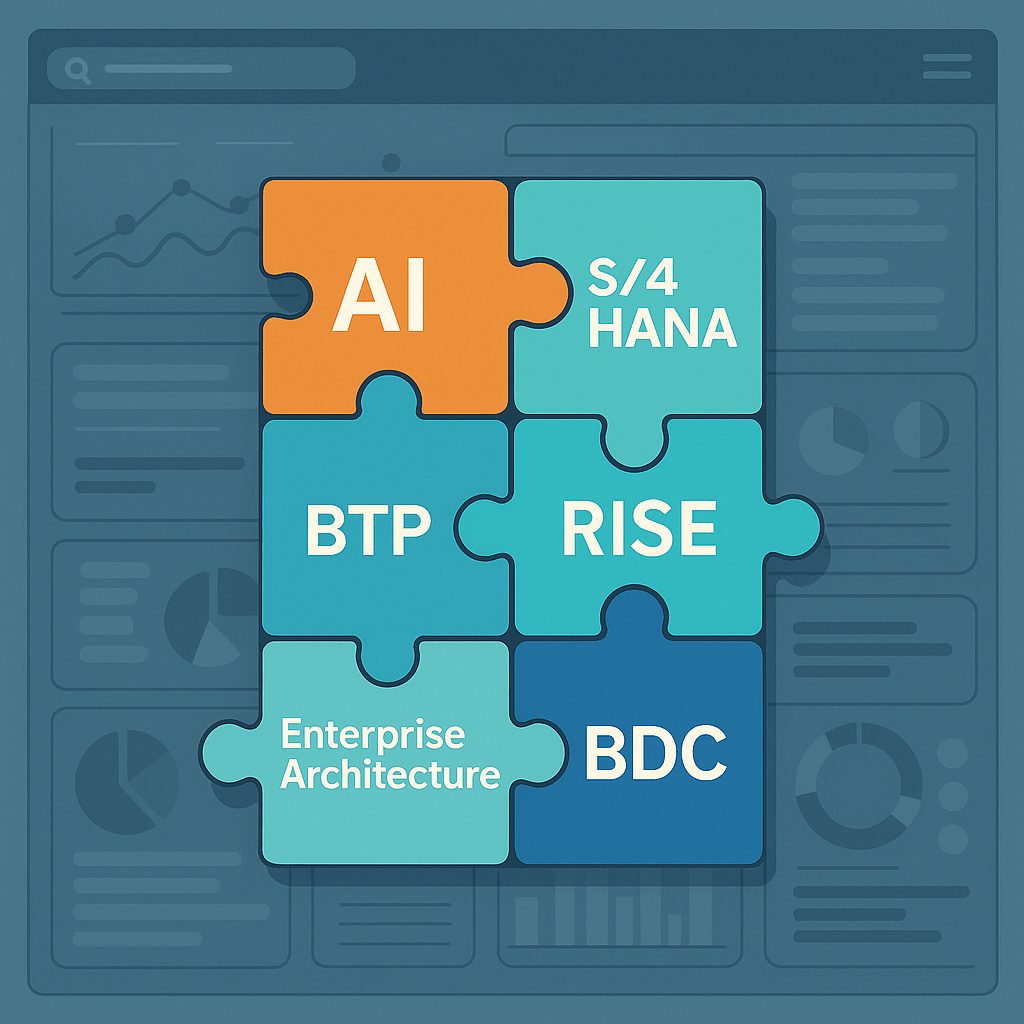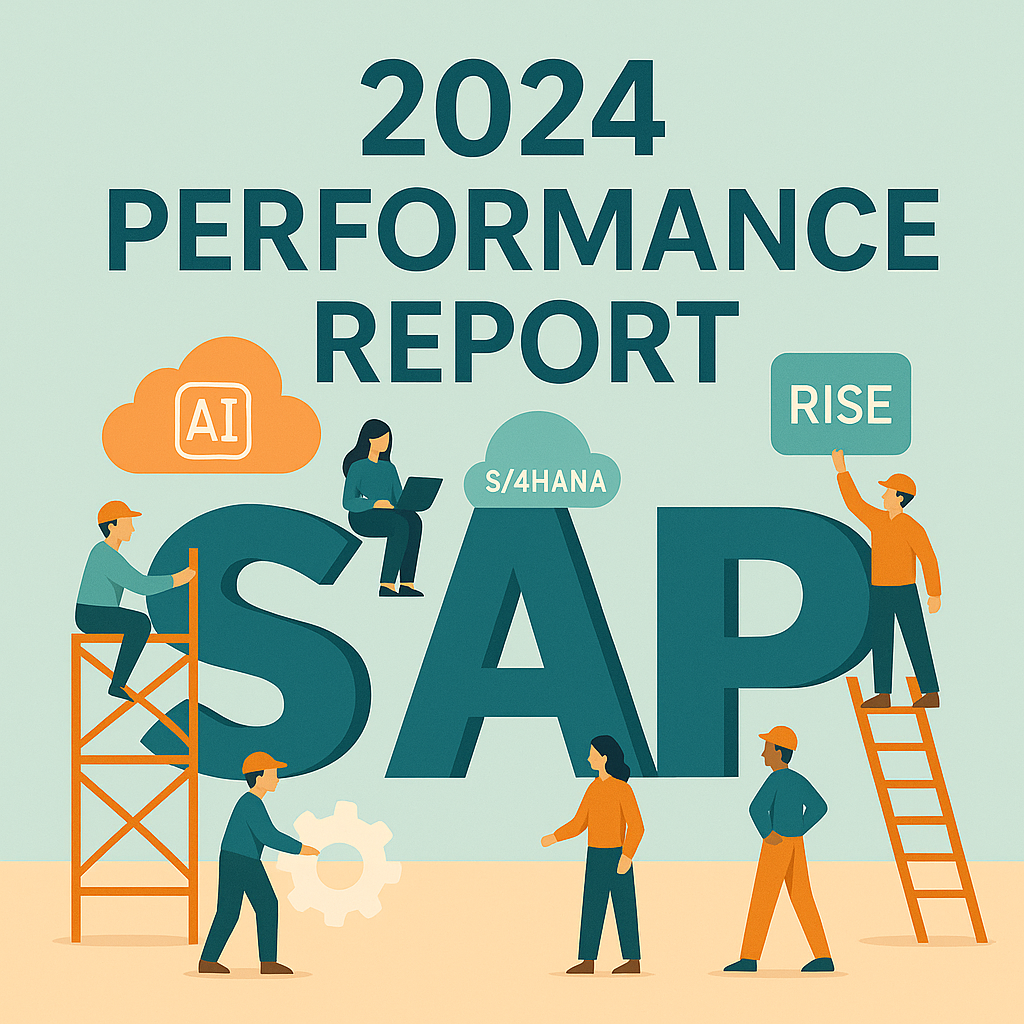SAP’s transformation isn’t just impacting investors, employees, and partners—it’s reshaping the experience for millions of customers who rely on SAP’s solutions for their business operations. With the company’s aggressive cloud-first, AI-driven strategy, SAP customers can expect new opportunities, evolving challenges, and a need to adapt. With SAP’s 2024 performance report now out, it’s the perfect time to break down what this shift really means for SAP customers and how you can stay ahead.
The Good News for SAP Customers
More Cloud, More Flexibility
SAP is pushing RISE with SAP and Business Technology Platform (BTP) hard, which means customers will have more flexible, scalable, and subscription-based pricing models instead of hefty upfront software costs.
Better AI and Automation Features
SAP is integrating AI-powered automation into its ERP and business applications, reducing manual work and improving efficiency in areas like finance, HR, and supply chain management.
Enhanced User Experience
With SAP Fiori and improved self-service analytics, SAP continues to make its applications more intuitive and user-friendly, reducing the complexity customers have traditionally struggled with.
Industry-Specific Innovations
SAP is investing in vertical cloud solutions, meaning businesses in industries like manufacturing, retail, healthcare, and financial services will get more tailored functionality out of SAP’s products.
Stronger Security & Compliance
With growing concerns over data privacy and cybersecurity, SAP is tightening security, improving cloud compliance, and ensuring customers meet global regulatory requirements.
The Challenges for SAP Customers
The Cloud Transition Isn’t Optional
SAP is moving away from on-premise ERP solutions, which means customers still using SAP ECC will need to migrate to SAP S/4HANA Cloud. Delaying this move could result in higher costs and risks down the line.
Higher Costs for Some Customers
While cloud subscriptions offer flexibility, they also mean continuous payments instead of a one-time license fee. Some customers may feel the impact of rising subscription costs, especially as SAP introduces AI-powered premium features.
Customization Limitations
SAP is emphasizing “clean core”—which limits deep customizations in favor of standardized cloud solutions. Customers who previously built heavily customized SAP systems might need to rethink their approach.
Partner Dependence for Implementations
As SAP shifts to cloud-based solutions, companies might need more reliance on SAP partners for implementation, integration, and training—potentially adding to costs and complexity.

What SAP Customers Should Do Next
- Still on SAP ECC? Start planning your migration to SAP S/4HANA ASAP. The longer you wait, the more costly and complex it could become.
- Already on SAP S/4HANA? Explore SAP BTP and AI-driven enhancements to maximize value from your investment.
- If you rely on heavy customizations then rethink your approach and assess SAP’s Clean Core strategy, possibly using side-by-side extensions on SAP BTP.
- If cost is a concern then negotiate cloud pricing strategically, focusing on long-term value rather than just sticker price.
- If security & compliance is critical then leverage SAP’s growing compliance, sovereign cloud and cybersecurity investments, especially if operating in highly regulated industries.
SAP’s 2024 performance confirms its long-term commitment to AI, cloud, and automation. Customers that embrace this change proactively will benefit from more efficiency, innovation, and scalability. Those who hesitate risk higher costs, more complexity, and a rushed migration later.
